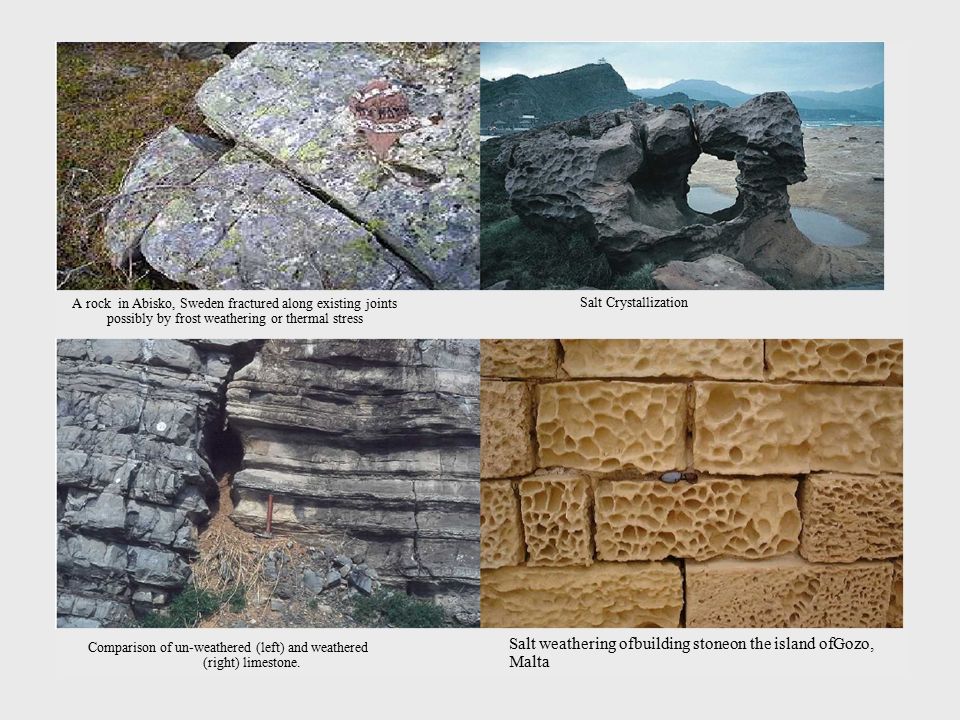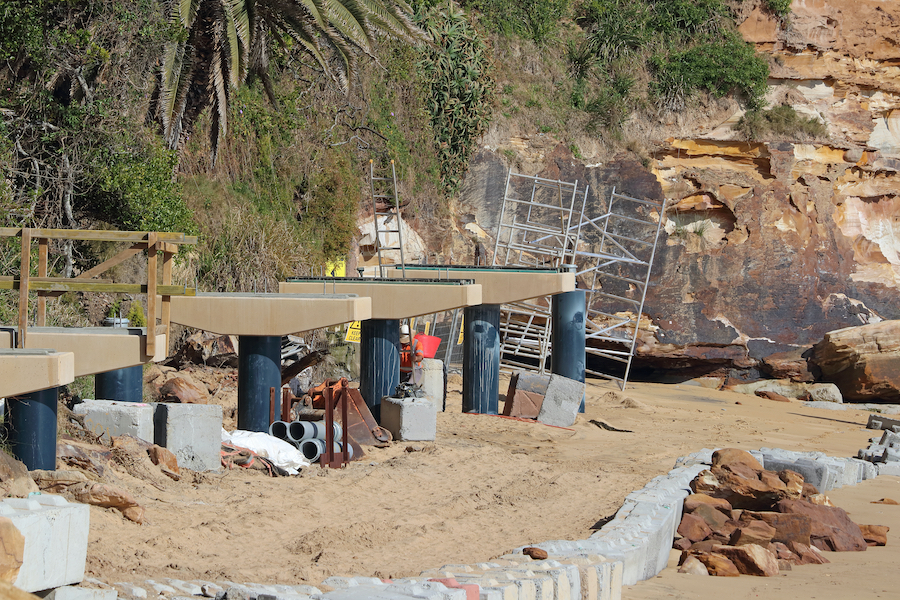Weathering’s Importance for Civil Engineering
From the perspective of civil engineering, weathering is especially important because most municipal structures are built using masonry and rock concrete. The term refers to the process of stones deteriorating, disintegrating, and decomposing due to specific chemical and physical factors. Several weathering agents, such as smoke, heat, rain, and a recurrent fever that lasts for days and nights, are what cause weathering. When something feels worn out, weathering is detected.
Forms of Erosion and Weathering
- Weathering Chemically
The term “chemical weathering” describes weathering and erosion brought on by chemical activity. One common example of weathering chemicals into concrete and masonry definitions is sulfate assault. Essentially, chemical weathering is the result of airborne and rock surface electrons undertaking chemical reactions. The chemical reactions always occur when there is water present, usually in the form of rain, which dissolves several airborne contaminants like carbon dioxide, hydrogen, and nitrogen, among others.
- Biological weathering
All that biological weathering does is identify climate variations caused by living things, including plants, animals, fungi, and bacteria. Both chemical and physical processes can be involved in biological deterioration, such as when rocks are broken by a tree’s roots, but biological purification can also involve either of these processes. By subjecting it to the forces of chemical or physical cleansing, biological weathering can complement physical weathering.
Building material weathering
Considering how those building materials weather on the rock, a distinction might be drawn. Only physical deterioration can cause this stone to split automatically into parts.
The components of weathering construction materials are as follows:
- Stone
- Material Forces
- Temperature
- Water
- Wind
- Air
Features of Weathering
- The physical and chemical processes of weathering are closely linked to the vital functions and evolutionary processes of plants and animals, as well as to the products’ subsequent corrosion.
- The ideal weathering product formation and conservation conditions are found in tropical or subtropical climates with negligible terrain erosion.
- The weathered stone mattress exhibits geochemical zonality, which is expressed with a complicated nutritional feature for each zone ranging from the top to the floor.
- By using these techniques, the primary minerals are typically completely broken down, and even free-of-charge oxides and hydroxides are formed.
- Minerals with different chemical compositions are formed, ranging from those immune within an alkali medium (at the lower extremities) to all those immune within an acid or neutral moderate (in the top horizons), depending on the degree of acidity and alkalinity of the moderate and the involvement of biogenic factors.
- Here, a sudden change in the amount of the stone’s outer lining areas causes the stone to shatter. Frost weathering is the cause of this stone’s mechanical deterioration in places where temperatures fluctuate often around 0°C.





